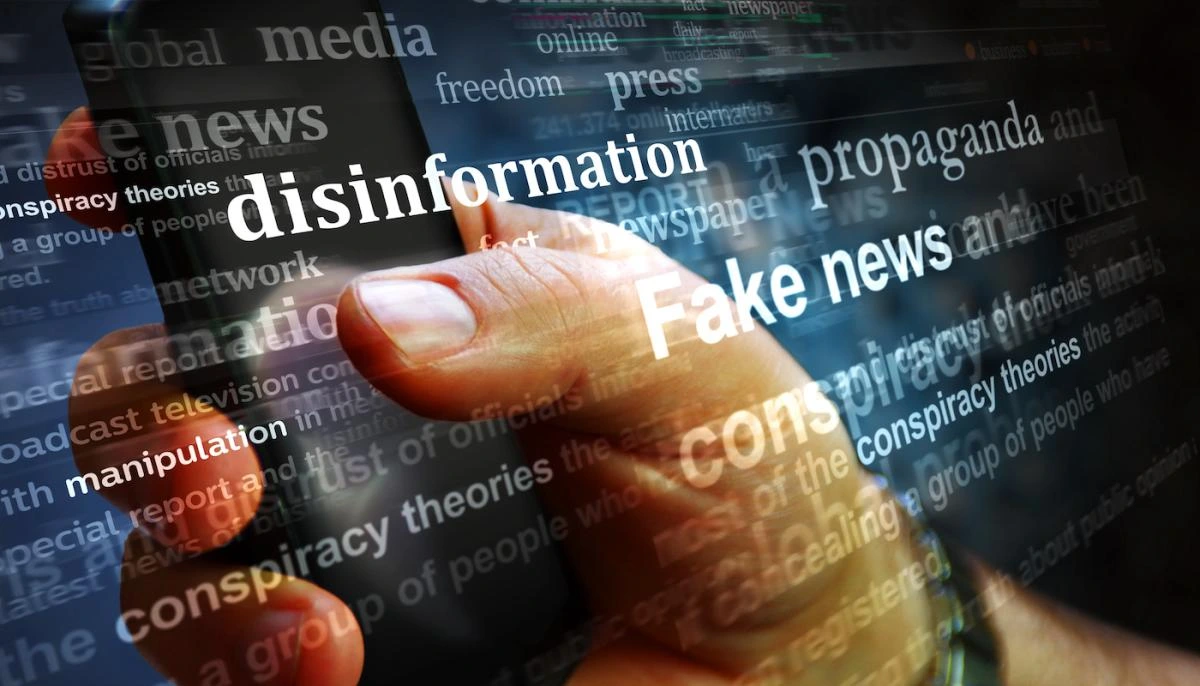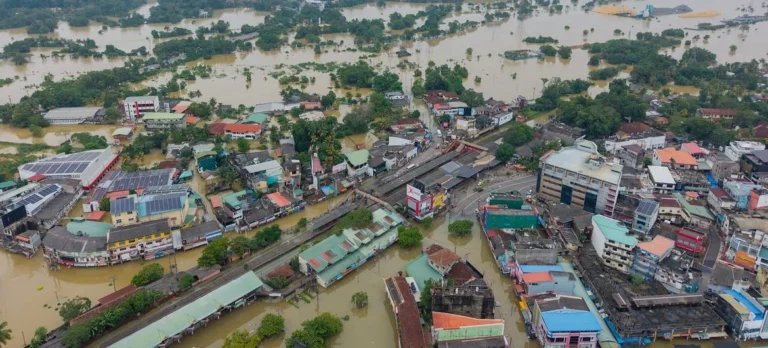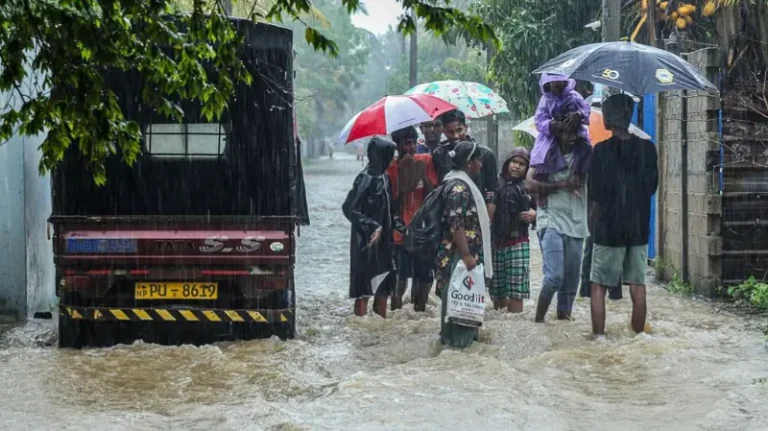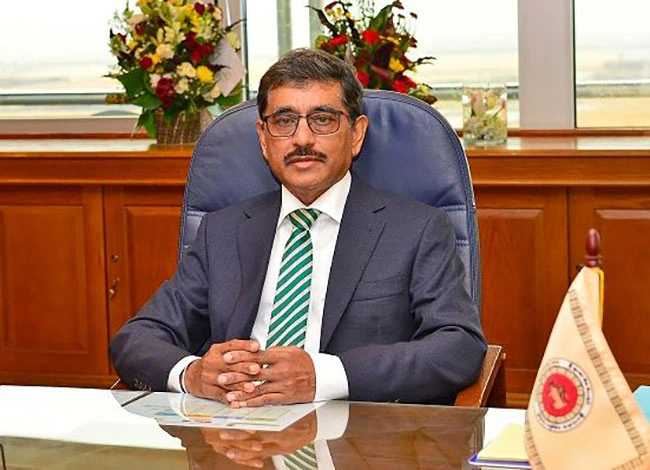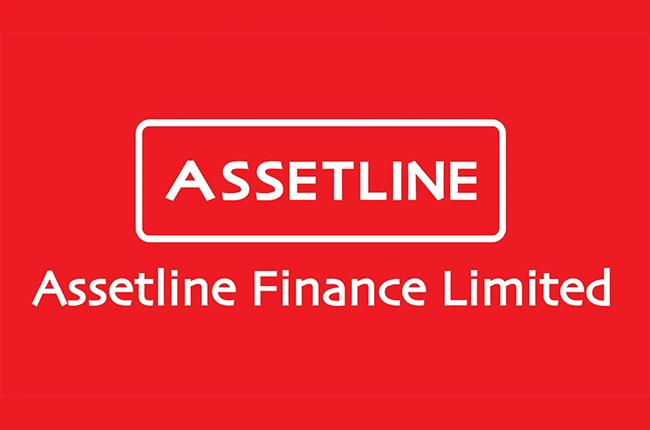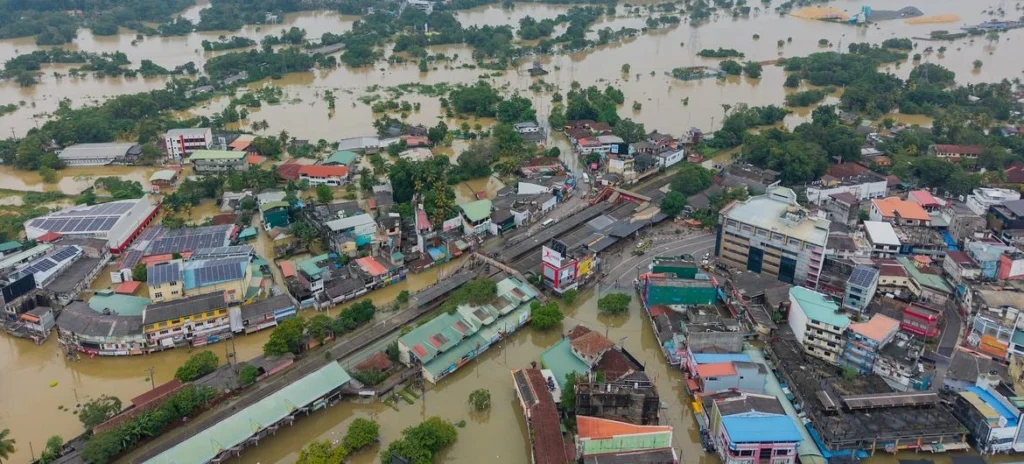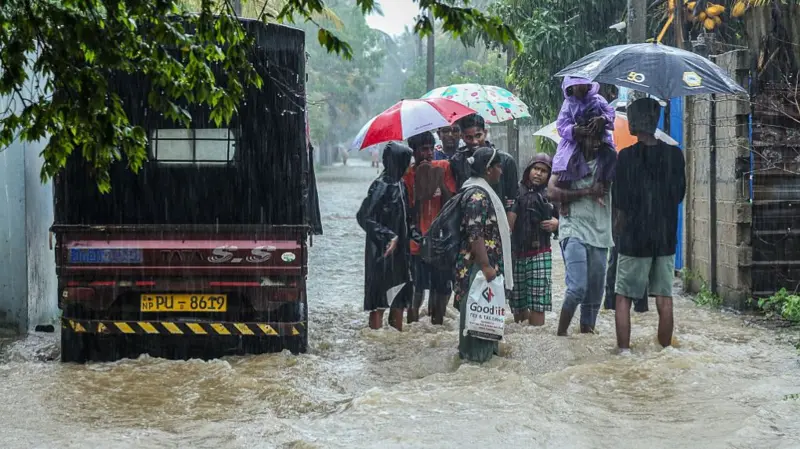Media freedom protects the public’s right to know
Disinformation exploits the same openness to mislead. The tension is real but solvable with clear principles, strong institutions, and practical tools. A robust information space is not built by censorship; it is built by transparency, accountability, and media literacy that makes falsehoods unprofitable and hard to scale.
The starting point is constitutional protection and legal clarity. Journalists must be free to investigate, question officials, and publish in the public interest without fear of arbitrary sanction. Laws that criminalise ordinary reporting or permit vague charges chill speech and reduce scrutiny of power. At the same time, the state has a duty to protect citizens against targeted harm such as incitement to violence, coordinated harassment, and foreign information operations. Drawing the line requires precision. Statutes should define prohibited conduct narrowly, require intent and demonstrable harm, and place the burden of proof on accusers. Independent courts must enforce these limits. When rules are tight and review is real, officials think twice before reaching for blunt tools.
Transparency is the next pillar. Governments and public bodies should publish data, decisions, and procurement details proactively. When information is easy to access, rumours lose oxygen. The right to information regime must be functional, time-bound, and digital by default. Denials should be reasoned and appealable to an independent commission with teeth. For the public, predictable access displaces leaks and whispers. For journalists, it shortens investigative cycles and raises the signal-to-noise ratio in coverage.
The media economy shapes incentives. Sustainable outlets need revenue models that do not depend on sensationalism. Diversified streams subscriptions, philanthropy, services, and carefully-walled advertising reduce the pressure to chase clicks. Public broadcasters should be insulated from political interference with multi-year charters, open appointments, and audited funding. Community media deserve small, competitive grants for local reporting. When citizens can see their neighbourhood issues covered with accuracy and care, trust rises and reliance on viral misinformation declines.
Platforms mediate the modern conversation, so co-regulation is pragmatic. The state should set baseline expectations for transparency on content moderation, political ads, and recommendation algorithms, while platforms disclose enforcement data and give researchers controlled access. Rapid response channels between election authorities, independent fact-checkers, and platforms can slow the spread of demonstrably false claims during sensitive periods without touching legitimate criticism. Appeals must exist. Mistakes will happen; the remedy should be swift and public so confidence is preserved.
Disinformation thrives on emotion and speed
The counter is pre-bunking and educator-led media literacy. Pre-bunking means inoculating the public before false narratives take hold by explaining the manipulation techniques they will see out-of-context video, fabricated quotes, imposter news sites, and synthetic audio. Schools can integrate short modules that teach verification basics: reverse image search, source triangles, and lateral reading. Public campaigns should model how to pause before sharing. The goal is not to turn citizens into fact-checkers; it is to build habits that slow viral spread long enough for corrections to catch up.
Newsrooms need defensive and offensive capabilities. Defensive means security protocols, legal support, and harassment response plans for reporters, especially women and freelancers. Offensive means rigorous standards: source documentation, conflict-of-interest logs, and corrections that are prominent and prompt. When errors are inevitable, owning them publicly builds credibility over time. Collaboration across outlets on complex investigations reduces duplication and increases impact. Shared data rooms, cross-checks, and joint statements against coordinated smear campaigns show that the industry will not be picked off one by one.
Elections concentrate risk. Clear rules on political advertising disclosures, equal access to candidates, and blackout periods for polling data help. Independent debates with published criteria and diverse moderators improve fairness. Election management bodies should publish machine-readable results by polling station to enable civic verification. Civil society can run parallel vote tabulations within legal boundaries. When official tallies and independent checks align, attempts to delegitimise outcomes lose force.
Minority rights and conflict sensitivity matter. Disinformation often targets vulnerable groups. Editors should apply do-no-harm frameworks that weigh public interest against potential harm, avoid unverified communal identifiers, and add context to crime reporting that would otherwise stigmatise communities. Translating key public-interest stories into Sinhala and Tamil with equal care prevents language gaps from becoming misinformation gaps.
Technology cuts both ways. AI-generated images and voices increase the volume and believability of falsehoods. Watermarking, provenance standards, and disclosure norms for synthetic content are necessary. At the same time, AI can assist in triage flagging likely coordinated networks or clones of known narratives. Human editorial judgement remains central; tools should inform, not decide.
Ultimately, media freedom and counter-disinformation are not opposing goals. A confident democracy protects speech while targeting wrongdoing with surgical tools. It publishes more, not less. It invests in journalists’ capacity and citizens’ literacy. It demands that platforms show their workings. It designs laws that are narrow, reviewable, and hard to abuse. When these conditions hold, the information environment becomes resilient: falsehoods circulate but fail to stick, reporters hold power to account without fear, and citizens make decisions using facts rather than forwarded myths.

